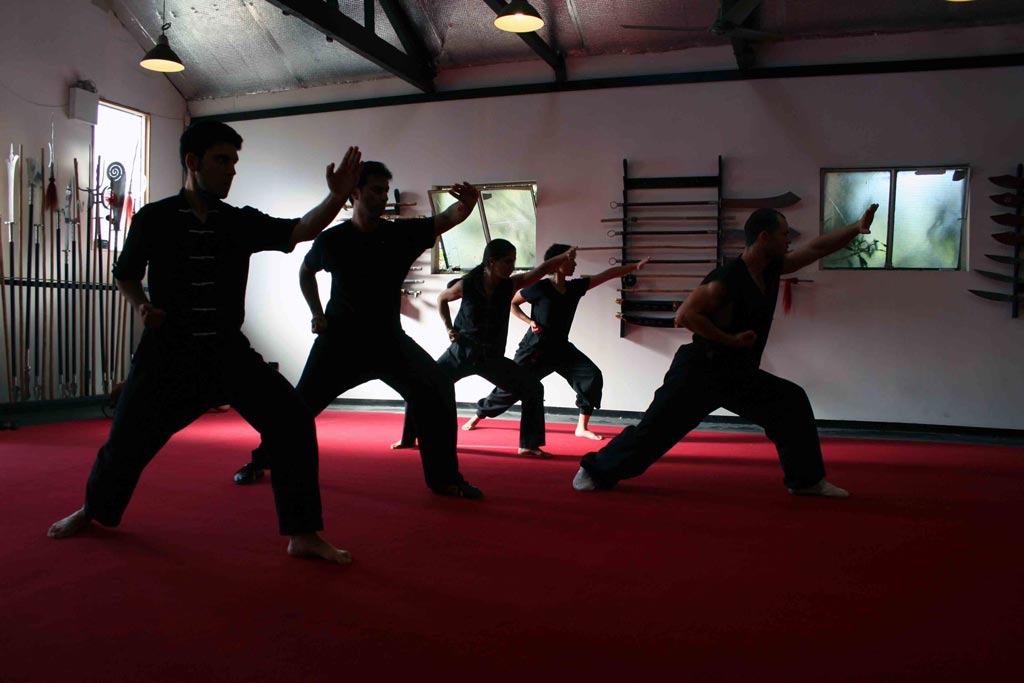Introduction: Why Martial Arts Is Great for Children
Physical activity is crucial for children’s healthy development, and Kung Fu Classes For Kids provide more than just exercise. Kung Fu, an ancient Chinese martial art, builds strength, coordination, and discipline—while encouraging mental focus and emotional resilience. In today’s digital-heavy world, Kung Fu offers an ideal way to channel youthful energy into something productive and transformative.
Let’s explore how Kung Fu helps kids grow holistically and why it’s becoming a popular choice among parents seeking well-rounded activities for their children.
The Physical Benefits of Kung Fu for Kids
Building Strength, Flexibility, and Coordination
Children between the ages of 5 and 12 are in a crucial stage of physical development. Kung Fu involves kicks, punches, stances, and forms that challenge every part of the body, improving balance, motor skills, and overall agility.
Naturally used long-tail keywords:
- martial arts to improve child coordination
- beginner kung fu movements for children
- fitness-focused activities for active kids
Improves Posture and Core Stability
Kung Fu training emphasizes controlled movements and proper stance. Over time, this enhances children’s posture and strengthens the core muscles, reducing the risk of injury in other physical activities.
Mental Growth Through Martial Arts
Discipline and Focus in Everyday Life
Kung Fu Classes For Kids aren’t just about kicks and punches. Children are taught to follow instructions, show respect, and complete tasks with attention. These skills often translate into better concentration in school and improved listening at home.
Confidence Without Aggression
A structured Kung Fu curriculum helps kids progress through levels or belts. With each accomplishment, their self-esteem improves—especially in children who may be shy or struggle socially. Importantly, they learn that physical power must be used responsibly.
Emotional and Social Benefits of Kung Fu Training
Stress Relief for Younger Minds
Even young children face stress—from academic performance to peer pressure. Kung Fu’s rhythmic breathing, repetitive movements, and form-based practice provide a calming structure that naturally reduces anxiety.
Teamwork, Friendship, and Respect
Though Kung Fu is often viewed as a solo practice, most classes involve group work, partner drills, and sparring under supervision. These interactions build teamwork, patience, and mutual respect among peers.
Long-tail keywords integrated:
- martial arts to improve child social skills
- group-based martial arts for young kids
- mindfulness and breathing in Kung Fu for children
Why Kung Fu is Safer Than You Think
Parents often worry that martial arts might encourage violence. In reality, Kung Fu teaches children how to avoid conflict. Respect, self-restraint, and humility are key components of traditional training.
Classes are structured, supervised, and designed with age-appropriate drills that prioritize safety. Protective equipment is also used in sparring sessions to avoid injury.
Choosing the Right Kung Fu Class for Your Child
Things to Look for in a Kids’ Martial Arts Program:
- Age-appropriate instruction: Look for classes tailored to specific age groups (e.g., 5–7, 8–12).
- Experienced instructors: A patient, certified coach with experience teaching children makes a big difference.
- Structured curriculum: A good class should have a clear progression path with achievable goals.
- Focus on fun and engagement: Kids should look forward to every class.
Long-tail keywords woven in:
- how to choose the best kung fu class for kids
- certified martial arts instructors for children
- child-friendly kung fu curriculum
What Kids Learn Beyond Martial Arts
Improved Academic Performance
Because Kung Fu requires focus, memory, and sequencing (especially when learning forms), many parents report that their children show improved performance at school.
Self-Control and Emotional Intelligence
Children who train regularly develop better emotional regulation. They learn to remain calm under pressure and avoid reacting impulsively—valuable life skills that benefit them far beyond the dojo.
FAQs About Kung Fu Classes For Kids
Q1: At what age can my child start Kung Fu classes?
A: Most schools offer classes for children starting at age 5. Some even have special preschool programs that focus on basic movement and discipline.
Q2: Will my child become violent by learning Kung Fu?
A: No. Kung Fu teaches self-discipline, respect, and how to resolve conflict without physical aggression. Children actually become calmer and more respectful through training.
Q3: What should my child wear for the first class?
A: Comfortable athletic clothing is usually fine for trial classes. If they join long-term, most programs provide or recommend a traditional uniform (called a “Gi” or “Kung Fu suit”).
Q4: How often should kids attend classes to benefit?
A: Two to three times per week is ideal. It provides consistent progress without overwhelming a child’s schedule.
Q5: Can shy or introverted children benefit from martial arts?
A: Absolutely. Kung Fu can help shy children come out of their shell by improving confidence, body awareness, and social interaction in a supportive environment.
Conclusion: Setting a Strong Foundation with Kung Fu
Kung Fu Classes For Kids offer far more than physical fitness. They nurture focus, responsibility, discipline, and emotional maturity—all while letting kids have fun and stay active. Whether your goal is to improve your child’s physical health, enhance their emotional well-being, or teach lifelong values, Kung Fu is a highly effective tool.
As more parents seek mindful, enriching activities in the post-digital age, Kung Fu continues to stand out as a balanced, holistic approach to youth development. Give your child the gift of Kung Fu—and watch them grow, inside and out.





